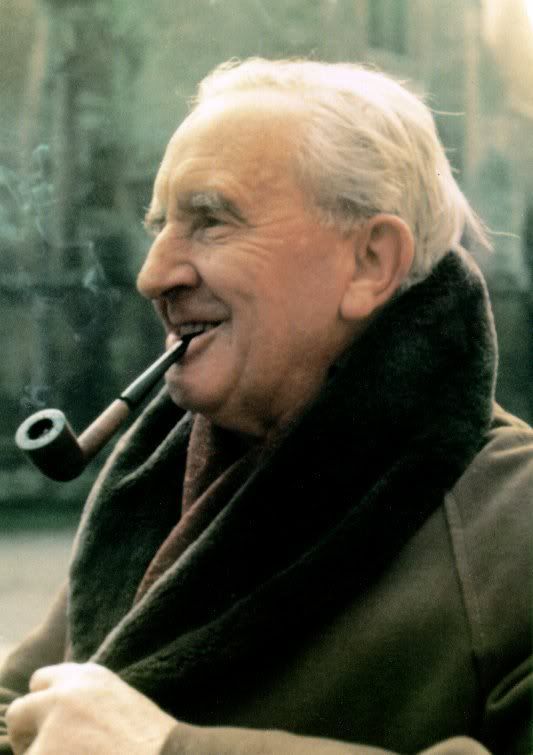
Say you have a story you want to tell. For argument's sake, let's further posit that this story doesn't take place on Earth in the year 2010. It takes place in 2055, or on some other planet, or back in the Renaissance. Provided you've done your research or laid a good foundation in terms of notes, sketches or perhaps audio logs some post-apocalyptic adventurer will stumble across when our oil runs out, you know who's who in the world in which your story takes place. The reader, unfortunately, is likely not as acquainted with the setting as you are, especially if you made the world yourself. If that's the case,
nobody should know the world better than you. Until they start writing fanfiction - and if they do, my friend, then you're doing just fine. What I'm getting at is that sooner or later, you'll need to introduce the settings, concepts and 'rules' of the realm in which your tale takes place. That means exposition. Expository writing isn't really all that hard, as it's mostly rattling off things already rattling around in your head. However, to the reader, the things you find so fascinating about the distant lands of Yourworldia can be downright boring if you don't do it right.

I'm a big fan of Tolkien. I've talked before about
how his descriptions can be a bit dry.
The Silmarillion, something of a history of Middle-Earth, is basically a collection of his notes on the subject of how the world came to be and some of the myths and legends that propel the characters of
The Hobbit and
The Lord of the Rings. It's about as fascinating as it is dry and difficult to read. The point is that it's a novel-length exercise in expository writing. Good exposition, in my experience, is woven into the plot, not set aside and served up as a very dry appetizer to the main course. It detracts from the flow of the plot and bores the reader. More on this later, perhaps.
Blue Ink Alchemy




No comments:
Post a Comment